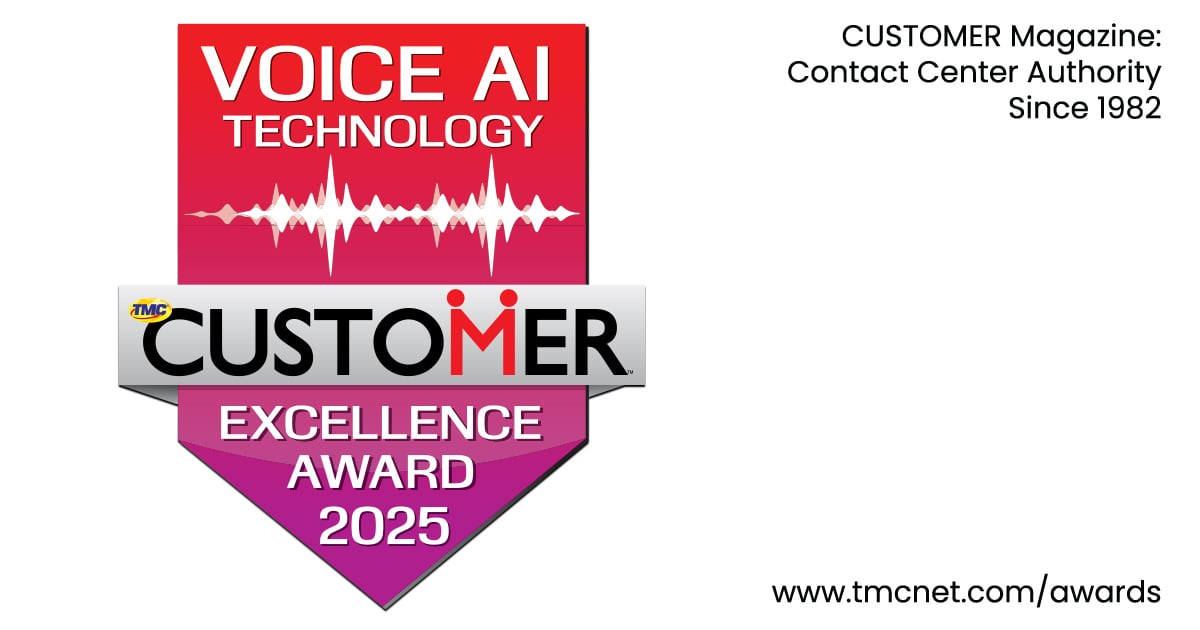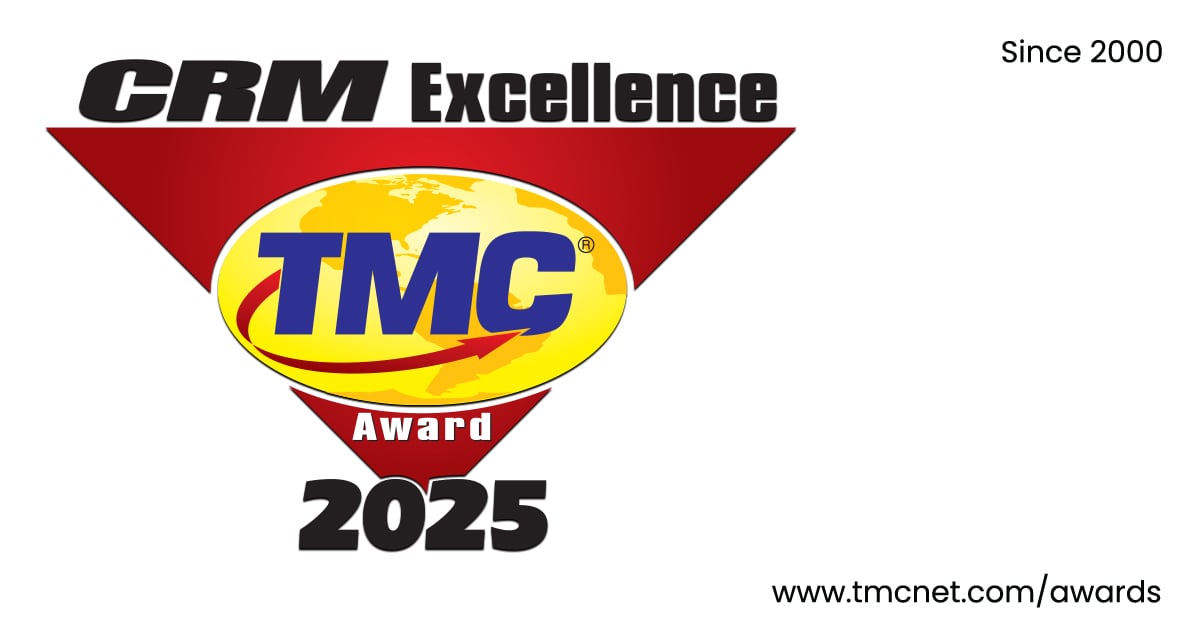
The hallmark of a strong call center is that it not only helps your company fulfill its mission, but also ensures employee and customer satisfaction. To achieve this goal, you need to leverage metrics to perform analytics, monitor your call center, and plan improvements.
Here are some of the benefits that a strong call center can offer you:
- It keeps your databases accurate, supports your customer segmentation and enables your sales CRM software to do its job;
- It makes it possible to acquire new customers;
- It encourages cross-selling because although the customer is calling for a specific purpose, he or she may discover during the call that the company offers other products or services for his or her needs.
In this article, you'll learn about four types of KPIs and how you can use them to strengthen your company's call center.
Call Center KPIs
Key performance indicators (or KPIs) for call centers are statistics that make it possible to measure performance and collect important data. These help you make the right decisions for your call center.
According to the Zendesk Customer Experience Trends Report, more than 60% of customers say solving their problem quickly is the most important aspect of a great customer experience.
Some of the most critical indicators relate to customer satisfaction and employee productivity – no surprise for companies that make heavy use of human capital.
Indicators for the quality of your services
Customer satisfaction:
This is an important indicator because it has a significant impact on how the customer perceives the quality of your service. It is a representation of the gap between the expectation and the experience. Therefore, these statistics track aspects that customers consider important.
To get this indicator, you have to ask the customer questions. For example, “On a scale of 1 to 10, how satisfied are you with the service you received during this interview?” Then calculate the average score for all calls in a given time period.
You can conduct surveys using IVR (interactive voice response) at the end of a phone call (the most common method), or via chat or email.
Service level:
This indicator shows the number of calls that the team handles in a given time. This can be formulated as: the team handles X% of the calls in X seconds. Response time: 100% of calls are handled within X days, X hours and X minutes.
These two indicators — service level and response time — help you estimate more accurately how many agents you need at any given time. You can also set goals to shorten the waiting time.
How to get a higher service level?
Gifts, gifts and gifts. If you received a bad service then people love to have gifts, like flowers birthday for example. Or flowers mother’s day could also be a nice gift which people like a lot and will forget all the bad things which happened with your company.
Customer Experience Indicators
Solutions during the first contact:
This indicates the percentage of calls that are resolved or reach their target during the first contact. This indicator not only contributes to customer satisfaction, but also measures how profitable your call center is.
In other words, it indicates how many times a customer needs to call to resolve his or her problem. Zendesk highlights in its report that more than 70% of customers expect teams within companies to work together for them, and 68% find it annoying when they are sent from one department to another.
Response time:
This indicator is the average amount of time a customer has to wait to be served. It has an impact on both the dropped call rate and customer satisfaction.
Percentage of abandoned calls:
This is the percentage of unanswered calls. This indicator should be zero; otherwise it represents a missed opportunity for your business.
Indicators of efficient business operations
Handling time:
This is the average time a customer spends from initial contact to resolution of the issue. It includes the waiting time and the time of contact.
Rounding time:
This is the time the agent spends closing the ticket. This time is usually spent taking notes about the customer and how the problem was resolved.
Average call duration:
This reflects the call duration and affects the number of calls each agent can handle.





